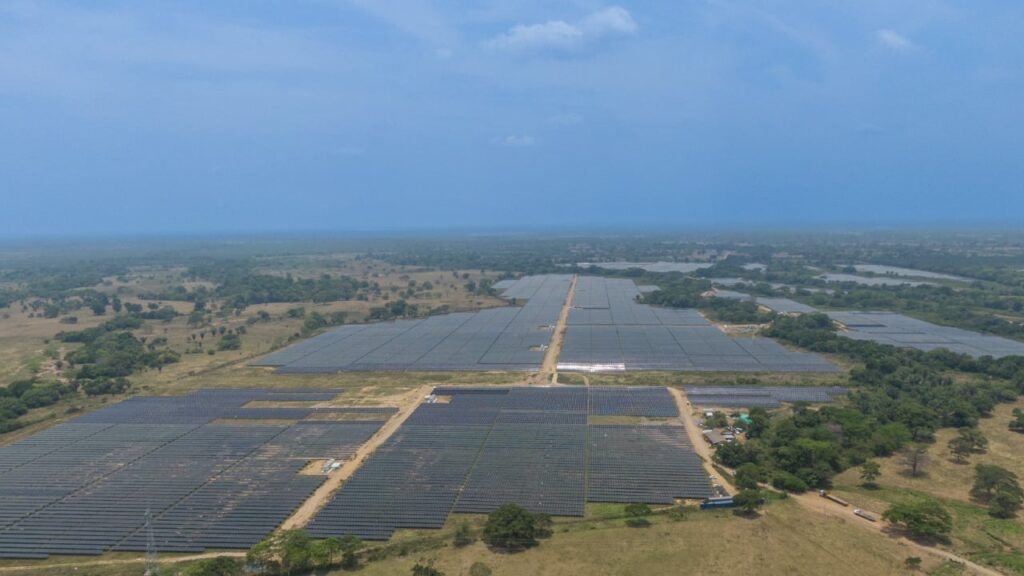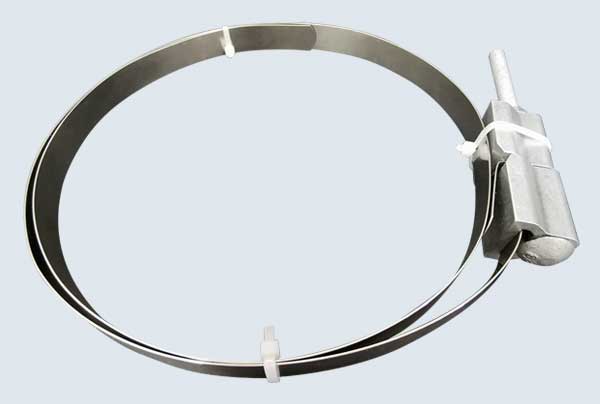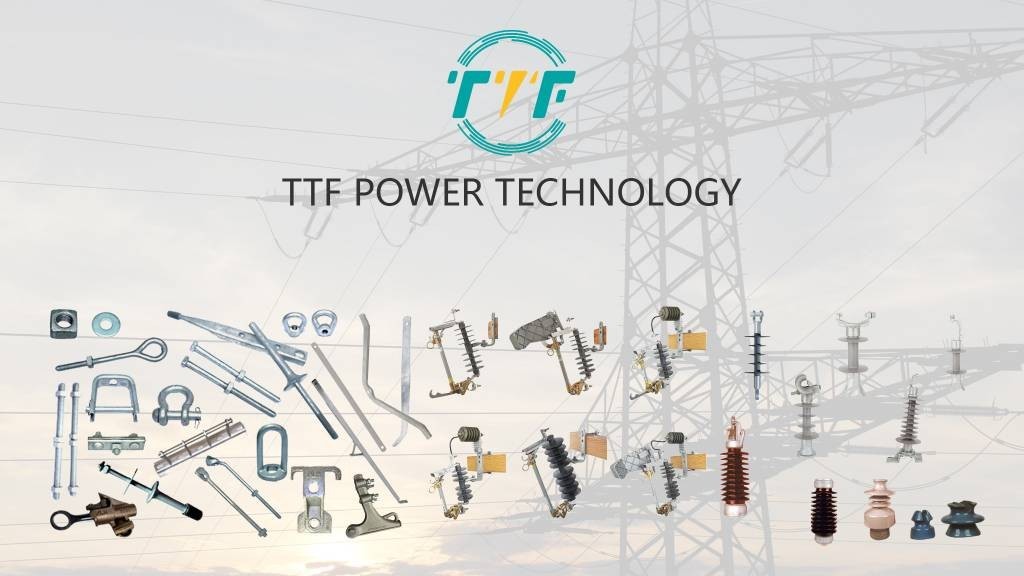
Recently, Zelestra signed a long-term solar PV power purchase agreement with Peruvian power provider Celepsa. The PPA will enable the construction of a 238 MW solar PV plant in Peru and increase Zelestra’s contracted portfolio to more than 530 MW. The contract also includes an international renewable energy certification, which guarantees the renewable credentials of the energy produced. Zelestra began the construction on a 300 MW solar PV plant in 2024 and expects to be operational in the next few years. The company specializes in the development, commercialization, construction, and operation of utility-scale renewable energy projects. Zelestra will supply around 450 GWh of renewable electricity to Celepsa. This will contribute to reducing carbon emissions and promote socio-economic development through job creation related to the construction and operation of the solar plant. Pole bands is a metal clamp that secures the solar racking structure to the foundation poles.
The pole band ensures stability, alignment, and load distribution across the solar array. Solar panels are installed on racking systems supported by poles driven into the ground. Pole bands allow adjustability in the racking system to accommodate slopes and ensure wind resistance. This is crucial in Peru’s solar farms located in areas with high winds, seismic activity, and uneven terrain. High-quality pole bands from high-quality materials prevent rust and extend system life. Prefabricated pole bands speed up construction for Zelestra’s 238 MWdc plant in Peru. The bands reduce labor costs and ensure uniformity across thousands of piles. Additionally, they are vital in the infrastructure transporting the electrical energy from the panels to the electrical grid.
Developing utility-scale solar PV farms with pole bands in Peru
A pole band is a metal strap used to secure and stabilize mounting structures in solar PV installations. They are essential to ensure that poles remain firmly anchored in areas prone to seismic activity. Zelestra’s solar PVs aim to supply 450 GWh of renewable energy annually. This demands the need for high-quality pole bands to ensure reliable infrastructure. Here are the functions of pole bands in developing utility-scale solar PV farms in Peru.

- Structural support for mounting systems—pole bands contribute to the resilience of solar installations by providing extra support to mounting structures. They function on racking systems supported by poles driven into the ground for stability. Pole bands ensure stability and load distribution across the solar array.
- Corrosion resistance for longevity—pole bands are mostly made from galvanized steel or aluminum to prevent rust and extend system life. This is crucial for solar farms in Peru’s coastal or arid regions that face salt spray or humidity.
- Adaptation to challenging terrain—Peru’s solar farms often face high winds, seismic activity, and uneven terrain. High-quality pole bands allow adjustability in the racking system to accommodate slopes and ensure wind resistance.
- Ease of installation—the use of prefabricated pole bands speeds up construction for large projects. They help reduce labor costs and ensure uniformity across poles.
- Alignment and efficiency—properly secured poles ensure that solar panels maintain optimal alignment. This aids in maximizing sunlight capture and energy generation.
Potential for Zelestra’s PPA with Celepsa on Peru’s energy sector
The PPA between Zelestra and Celepsa for a 238 MWdc solar PV plant marks a milestone for Peru’s evolving energy sector. The partnership contributes to national sustainability goals and also signals a shift in how energy is produced, traded, and consumed in the country. The PPA introduces 450 GWh of clean solar energy annually. It helps reduce dependency on volatile water levels and fossil fuels. This is because a higher share of solar generation reduces reliance on energy imports and increases national energy security. Discussed below are the impacts of the PPA on Peru’s energy sector.

- Decarbonization goals—the solar PV project supports Peru’s commitment under the Paris Agreement to cut greenhouse gas emissions by 40% by 2030. Solar energy replaces conventional energy sources to reduce carbon footprint.
- Grid stability and modernization—large-scale solar projects encourage modernization of the national grid. It introduces smarter energy distribution and opens the door for battery storage and microgrid integration.
- Investment in climate—the PPA encourages foreign direct investment in Peru’s energy sector. It also sets a precedent for future PPAs that could attract global developers looking for stable emerging markets.
- Economic development—the project offers jobs in construction and operation of utility-scale PV farms. This project stimulates local supply chains for equipment and services.
